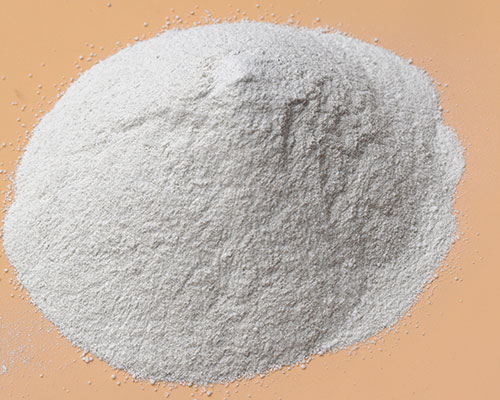Most of the chloride salts contained in the aluminium power flux are easy to absorb moisture in the atmosphere, and some of the chloride salts often exist in the form of crystalline hydrates. If this part of the water cannot be completely removed, it will enter it. The aluminum alloy melts with the flux, increasing the hydrogen content in the aluminum alloy melt. At present, most aluminum alloy fluxes are produced by simple mechanical mixing to produce various components. This method cannot completely remove the moisture in the flux.
Aluminum alloy melts have strict controls on gas content and alkali metal content. In addition to using nitrogen or argon as refinery gas, it is often necessary to use more reactive chlorine and hexachloroethane for melt processing.
For aluminum alloys, because aluminum has strong chemical activity, inclusions and gases are easily generated during the smelting process. After the melt is solidified, they are distributed inside the alloy, which will reduce the quality of the alloy and require removal of inclusions and gases. Oxidation inclusions improve the quality of castings and avoid casting defects.
The aluminum refining flux is used to remove the non-metallic inclusions in the aluminum melt, and at the same time form a layer that effectively prevents the aluminum melt and the air from absorbing hydrogen and reacting with oxides.
Application of Aluminium Power Flux
The aluminum power refining flux can be added manually or by injection equipment. When the injection equipment is added, nitrogen or argon gas and flux can also be used to remove oxides and hydrogen. The injection time is 15-20 minutes. After refining, impurities will float to the surface.

Advantages of Aluminium Powder Refining Flux
- Less consumption, environmental protection, less oily smoke.
- Low working temperature, can fully react with molten aluminum.
- The operation is simple, it can be added manually or by injection equipment.
- Excellent performance in removing oxide inclusions and slag in the aluminum melt.
- Refining flux with or without sodium formula, suitable for aluminum alloys with high magnesium content, avoiding or reducing white spots on the surface of aluminum and aluminum alloys, and improving product quality.

